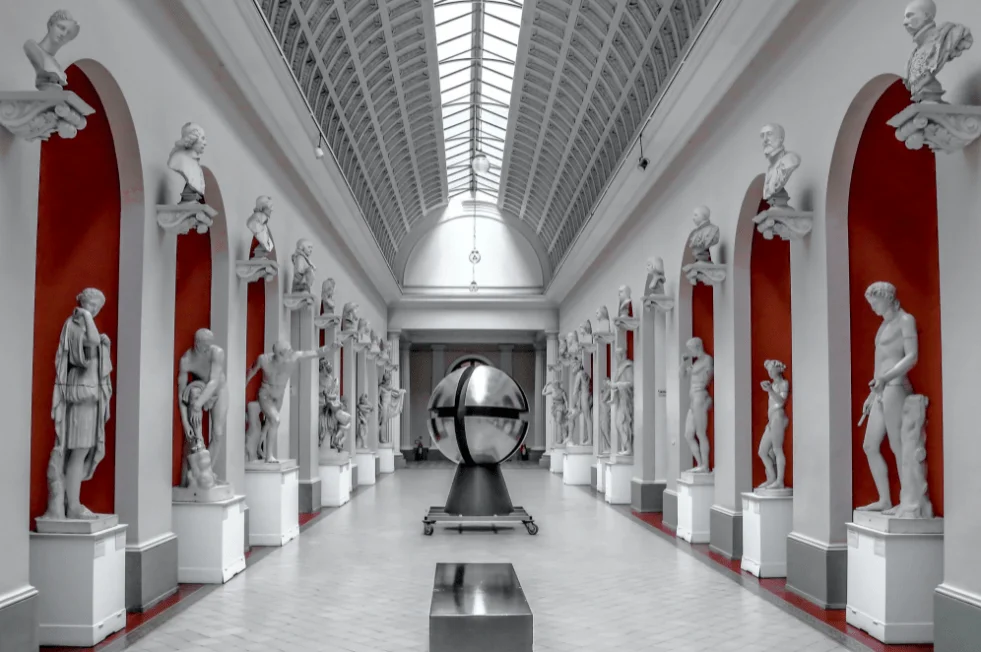The Russian State Hermitage Museum has debuted its first totally virtual exhibition of digital art, continuing its foray into the nonfungible tokens (NFTs) business.

The Hermitage is organizing a free exhibition of NFT artworks that exist entirely in virtual space, the so-called “celestial hermitage,” or the museum’s digital avatar, just a few months after generating over $400,000 via its inaugural NFT auction on Binance in September.
The Hermitage’s “Invisible Aether” exhibition, which opened on November 10, is based on the metaverse idea, allowing people to create digital avatars and navigate the virtual site using PCs, cellphones, virtual reality glasses, and other devices. According to a senior curator of the project, the virtual site simulates the interiors of the local landmark Old Saint Petersburg Stock Exchange, although the real display has nothing to do with trade.
“The exhibition’s artworks are not for sale. We avoid all topics related to the price of these pieces in order to focus on showing what digital art really is, because the cost of art is secondary to its value,”
Hermitage’s director of contemporary art, Dimitri OzerkovFollowing the exhibition’s conclusion on Dec. 10, Ozerkov stated that the Hermitage will return all of the artworks to their original owners, including artists and collectors. “Further events are outside the museum’s scope,” he added.
At a press conference on Thursday, Ozerkov emphasized that Hermitage has “no financial interest” in conducting the free exhibition, noting that the museum is striving to find out the real value of NFTs. “We want to see what’s left of the NFT if you take away the money aspect,” he stated.
Two curators, including Ozerkov and Anastasia Garnova, a member of the Hermitage contemporary art branch, chose the artists and works for the “Invisible Aether” show.
“We believe that selection by curators is crucial for a museum exhibition, as it makes it more integral in terms of topics and chapters. The selection principle is based on the artworks’ importance for understanding the essence of the NFT,” says Garnova.
“Artists were not able to apply for participation in the exhibition,” she noted.
The whole list of artworks may be seen on the exhibition’s official website, which includes Schrödinger’s Cat by CryptoKitties, a famous Ethereum-based blockchain game created by Canadian firm Dapper Labs. Darkzuu, a Saint Petersburg-based artist, has an artwork on the list as well.
Snark.art, Masters digital, The Art Exchange, Rarible, Superrare, KnownOrigin, ArtBlocks, Alterhen.art, and OpenSea are among the NFT platforms and prominent industry participants included in the event.

